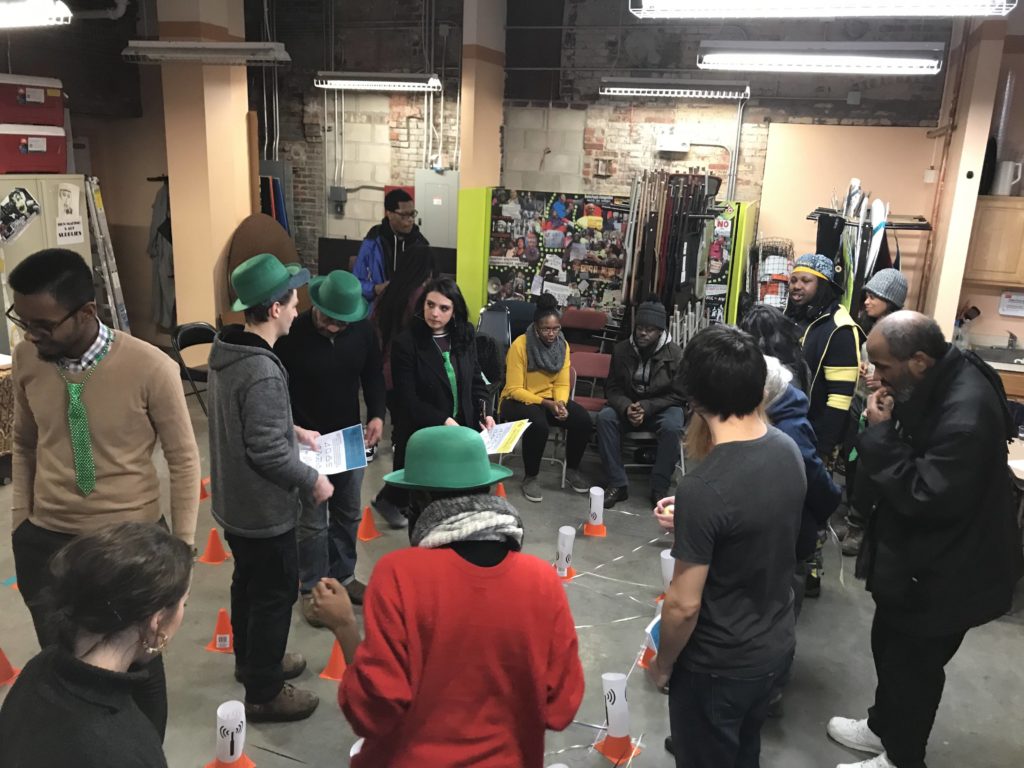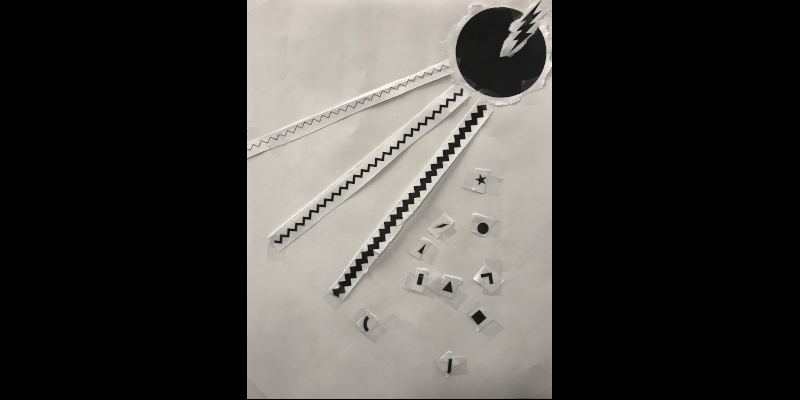The framework for thinking that we explored during class has helped me surface some of the strengths of MassMesh, and has also raised a few questions about out strategy for rolling out our network.
Epistemology
Right now, we’re of course focusing on building the basic technical knowledge necessary to participate in a mesh network. This has to be there in order to lift ourselves out from under the thumbs of corporate internet giants. There is also a bit of necessary education about the political implications of joining the mesh, and the historical basis for our current situation (in which ISPs have an impressively powerful lobby in the legislature.) In addition to spreading technical know-how, though, a good outreach strategy should also garner knowledge about how to effectively organize in our communities. This is important knowledge for the developers at MassMesh.
Until we have a deeper understanding of how to successfully organize in our communities, MassMesh’s discovery efforts will be limited by our own ability to draw out insights without creating biases in the room. We also run the risk of over-simplifying concepts to the point that residents don’t feel like input is necessary or possible. There are a host of options for implementing community controlled open internet, and these must all be explored.
The knowledge that we create must be sharable, but this is one of the things that I struggle to visualize. We grew our mailing list when we engaged with Ujima, but those tend to have low participation. We could certainly do more to maintain a strong online presence as a group (MassMesh.) Creating useful artifacts for other organizers would be a good thing too. The NodeRunner game that we played on March 6th could benefit from a bit of clarification. While participants in our workshop could likely tell the difference between a regular ISP and a mesh network, I’m not sure in what situation they would propagate this knowledge. We should do some work to discover or create these situations if at all possible.
Values
All view expressed below are meant to be representative of Mass Mesh, not necessarily any of our community partners or affiliated organizations.
The values that drive our project include the belief in the power of non-market exchange, desire for building neighborhood autonomy, belief in ubiquitous and open internet, and disbelief in both private intellectual property and private infrastructure.
These values can create serious dilemmas and conflicts for us. One is that it is impossible to simply install autonomy. The social project of building community owned internet is one that is just barely under way now, but is of critical importance. If we choose to approach it in a way that minimizes the required effort from residents, we could end up creating just another ISP. If we choose to approach the social project in a way that requires a lot of work from residents we risk fizzling altogether due to lack of engagement. Ultimately, we will have to figure out a short, medium, and long term strategy for this, which will be the subject of a later blog post.
In addition to the difficulties associated with building autonomy, I see a potential conflict on the horizon where a neighborhood that has successfully joined our mesh network decides to pursue profit in some way. This could include over-charging new residents for access or some kind of fine system for people with fussy hardware on the network. Ultimately, the network would still be operational under these circumstances, but it would certainly undermine our value of non-market exchange.
Our values are in flux, and in particular we have begun to value community input much more this year. In the past, most of our time has been spent hashing out the technical underpinnings for the project. Now, we are actively engaged with one community partner, and that list is growing to potentially include Tent City Apartments/ SETC, Artisan’s Asylum, and even Netblazr.
Outcomes
Depending on who is talking, our outcomes could be measured in several ways. One is simply the cost of internet. If my internet costs go up by joining the mesh, why join? This one is understandable, but I don’t think it’s likely to be the only measure used. When conducting the game last night at Ujima, the primary question that got asked was, “what about all those inactive cones?” Essentially, “what if the whole neighborhood doesn’t have access to the mesh?” This leads me to believe that a common measure of our success with be coverage as a percentage of the neighborhood. Other possible success metrics will be speed, reliability, and consistency of network coverage.
Ultimately, these outcomes will be owned primarily by residents, with Mass Mesh’s reputation sustaining either a healthy boost or critical blow as a result.
Stakeholders
There are three kinds of participants/stakeholders.
- Residents
- Organizers
- Technologists
Each of these groups will have distinct roles. While the technologist is responsible for guiding installations, education, and network strategy, she may not be as qualified to speak about the reliability of the network. Residents, on the other hand, will be deeply aware of the quality of network coverage, and will need to maintain their hardware/software in order to uphold it. This process of staying up to date and the process of continually improving the network should be facilitated by organizers, who convene residents and technologists in constructive ways.
Conclusions
In conclusion, the values of Mass Mesh are ambitious, but attainable with the help of residents. Autonomy really begins with the mobilization of affected communities, and we are now actively working to foster this. Although we have been a mostly technologist lead organization up until this point, resident input has already changed our perception of expectations. As we build knowledge, it will be critical for us to share it in meaningful ways. This is something that should be explored more in the near future. Now that we have identified our stakeholders, we should spend time refining their personas and gathering input from them. Overall, the framework for thinking that we employed in this post has exposed some under-pursued interests in our project.

